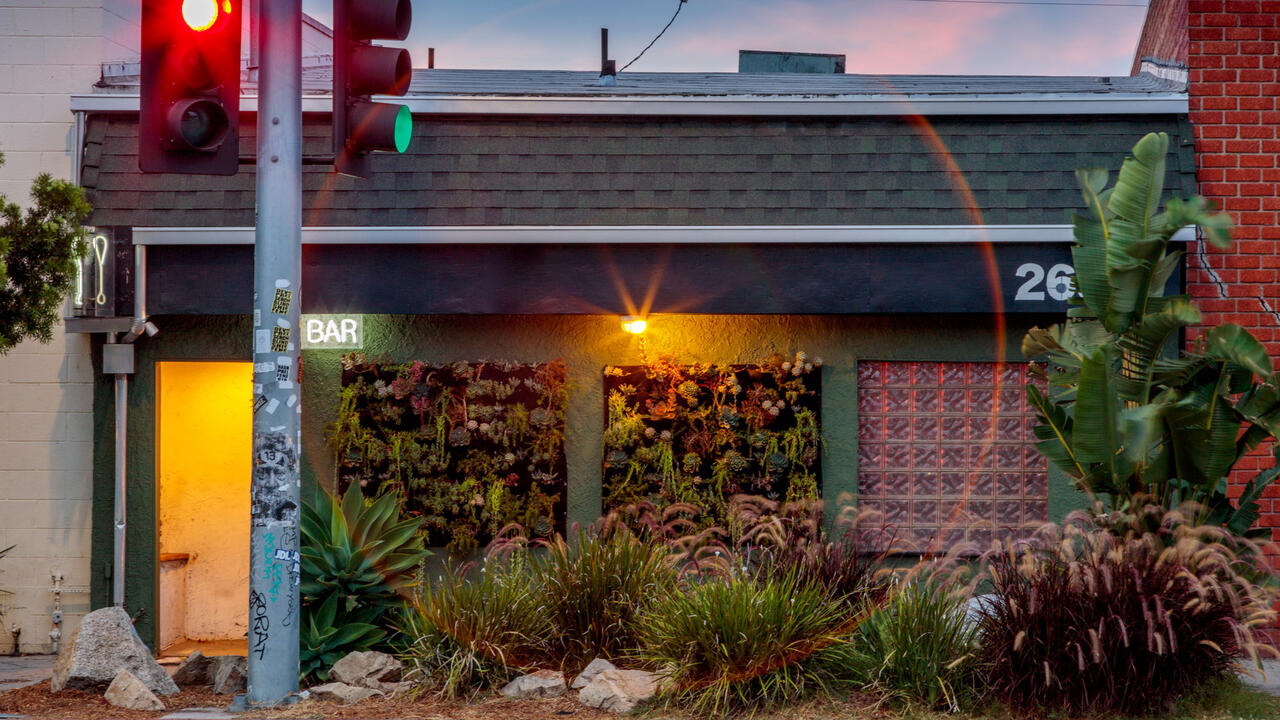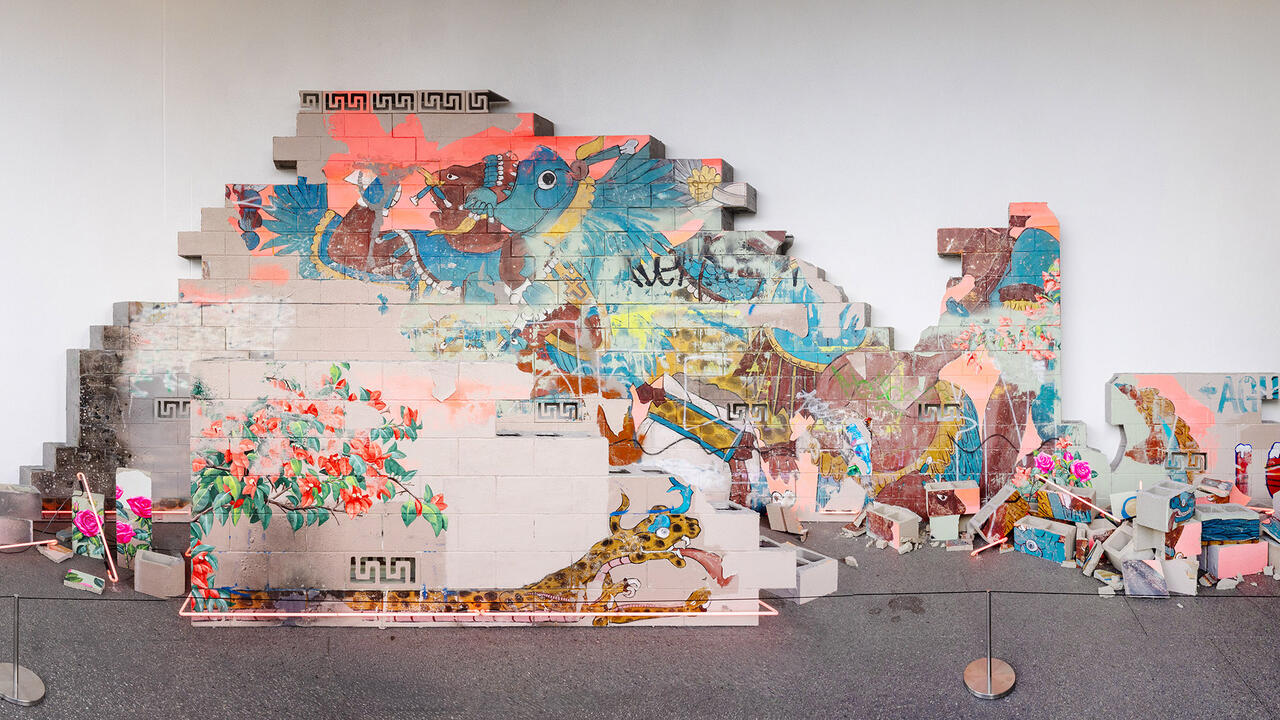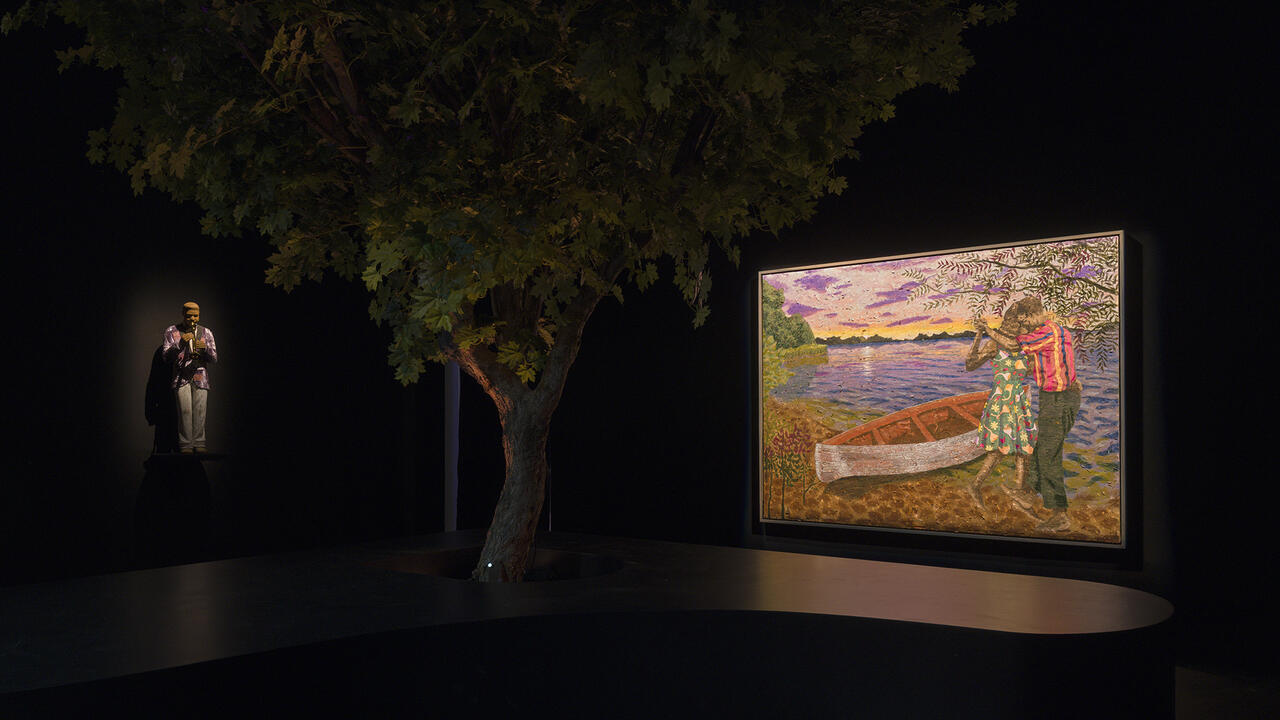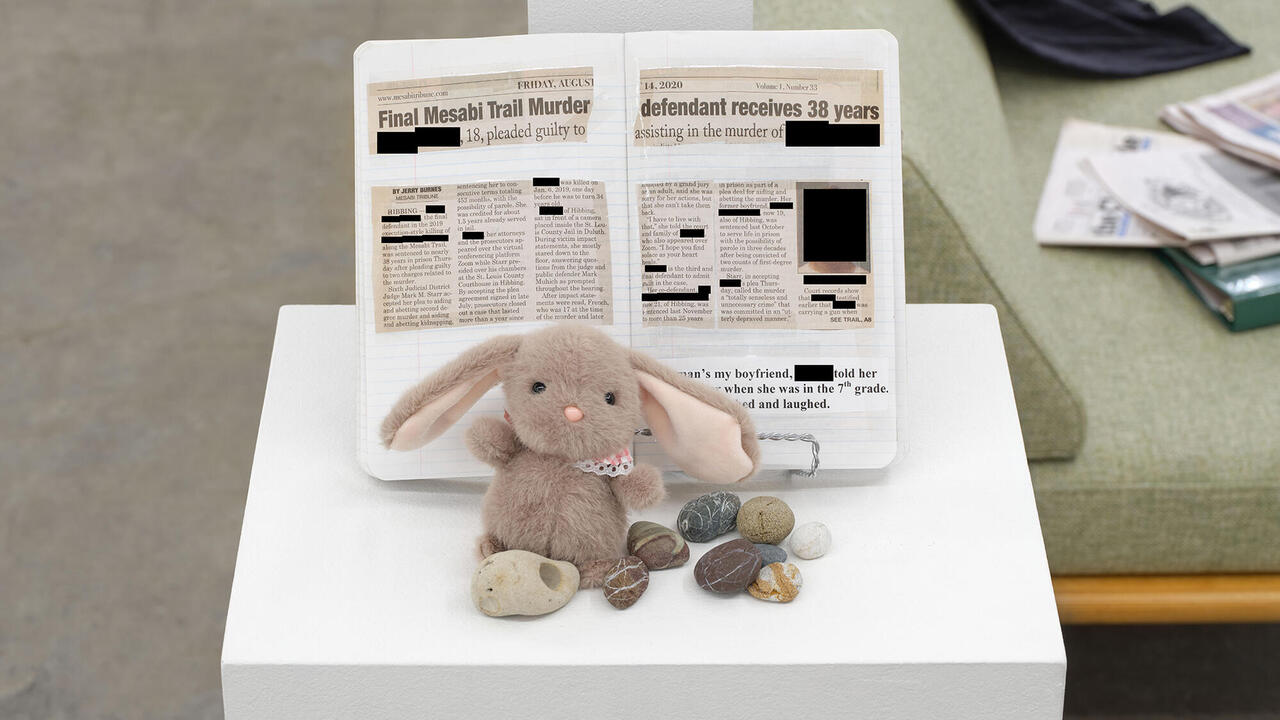New Topographics
Los Angeles County Museum of Art, USA
Los Angeles County Museum of Art, USA

The influence of ‘New Topographics: Photographs of a Man-Altered Landscape’ has transcended the original 1975 exhibition at the George Eastman House in Rochester, New York, to become an enduring category in contemporary art. However, the most important aspect of the show – which featured ten photographers who took the American landscape and its built environment as their subject – was not the photographers’ common approach (they didn’t all agree with the show’s title, while curator William Jenkins and his collaborator Joe Deal admitted to struggling over the theme) but that it marked the point at which photography was no longer marginalized as an artistic medium. LACMA’s restaging of the exhibition, which will travel to eight venues in varying incarnations, signalled an attempt to fully extract the original work from what is often referred to as the ‘photo-ghetto’ and to historicize it in the lineage of art.
Still, restaging an exhibition in a slightly varied version of its original form in order to update its legacy is not an obvious curatorial move. This reprise, in particular, seemed to arrive neither too early nor too late. The LACMA version attempted to reframe the work of the ten photographers by demonstrating how their interest in the deadpan documentation of vernacular architecture coincided with that of Conceptual artists. Contextual material included a vitrine containing a smattering of Ed Ruscha’s publications, colour photocopies of Dan Graham’s ‘Homes for America’ (1966) and Robert Smithson’s ‘Monuments to Passaic’ (1967). As tempting as it is to call these urges contemporaneous, most of the ‘New Topographics’ work was made between six and eight years later, during what Jimmy Carter referred to as the ‘national malaise’ of the 1970s. The lineage of these photographers was much more closely linked to photographers such as Walker Evans and Robert Frank, and their evaluations of the American landscape in what Evans termed ‘documentary style’.
Looking at the work, what comes to the fore is the predominant spirit of the solitary road trip as a working model. The photographs evoke Evans’ American Photographs (1938) and Frank’s The Americans (1958) as much as Jack Kerouac’s On the Road (1957) and the Dennis Hopper-directed Easy Rider (1969). Many of the series were products of cross-country journeys, and all showed the conflict between the frontier spirit of traversing the majestic countryside and the stark reality of the pale, dank sprawl of motels, shops and houses that they encountered. For example, Robert Adams’ masterfully printed and precise series, ‘New West’ (1973), which pictures the rapid encroachment of generic housing developments on the Colorado prairie, actually shrinks the landscape down to size. The wide open sky of the American West, once monumentalized by Ansel Adams, is not nearly as expansive or inviting. In a similar vein, Joe Deal’s overhead views of tract houses – plunked down among dirt, desiccation and shrubs in Albuquerque, New Mexico – make the buildings look like small lunar modules on the barren surface of the moon, revealing a more overtly ideological statement about the imperfect intersection of the manmade landscape with the land itself.
John Schott, Henry Wessel Jr. and Stephen Shore all trained their lenses on the uniquely banal architecture that peppered the roadside landscape. Wessel dryly photographed squat, eccentric curbside bungalows around Los Angeles as if they were criminal mugshots. Schott’s series, ‘Route 66 Motels’ (1973), captures low-slung, faux-adobe dwellings shaped like teepees or petrol stations, with neon signs and plastic patio chairs out front. They single out the same kind of ordinary architecture famously analyzed in Denise Scott Brown and Robert Venturi’s Learning from Las Vegas (1972), which the curators also present as in important influence on ‘New Topographics’, but which was more likely an incidental shared interest.
It’s remarkable to see how presciently ‘New Topographics’ captured the alarming, burgeoning aspects of American land use that would soon become endemic throughout the nation, calling for sociological concern not just aesthetic attention. Images like Frank Gohlke’s Landscape, St. Paul (1974), which pictures a vast, empty parking lot with a Kmart sign in the distance, uncannily anticipates the spread of ‘big box’ America, finding something eerie in this development. Lewis Baltz’ stunningly fresh-looking series, ‘New Industrial Parks Near Irvine California’ (1974), predated the protracted sociological investigations of Southern California by writers such as Mike Davis in the 1990s. Long before Davis would make it one of the subjects of City of Quartz (1990), Baltz focused his lens on the nondescript office buildings that disguised the activities of the rapidly growing aerospace and military industry in Irvine. In fact, his original series, which pictures stunted trees in front of opaque plate-glass façades, was accompanied by a sociological study.
Oddly, the work of Bernd and Hilla Becher seems the most out of place in the show today. It would be too obvious to attribute this to the fact that they are the only non-Americans, or have since been so radically recontextualized, but their project comes off as distinctly devoid of the glimpses of hope of a thriving, developing nation underneath its less attractive surface. Instead, their photographs of structures like the dilapidated Loomis Coal Breaker, Wilkes-Barre, Pennsylvania, USA (1974) – a massive, collapsing building with shattered windows – picture an industry that was visibly defunct and dying.
Most puzzling is the curators’ decision to update the show with only one new work – albeit, a massive and important one, but one that casts a very specific light back onto the historical work. Two ‘Landscans’ (2008) by the Center for Land Use Interpretation (CLUI) show unedited aerial footage of Houston’s Petrochemical Corridor and the South Belridge Oil Field in Kern County, north of LA. The vast extent of the oil fields, accompanied by the unceasing drone of the planes’ engines, is frightening; the footage seems to play for hours, tracking steel towers, smoke stacks, oil derricks, vast reservoirs of oil, silos, revealing a massive corporate state within a state, like a complex and concealed battery pack powering the nation.
But the exhibition failed to build a bridge between the original contributors to ‘New Topographics’, who identified themselves as photographers first and foremost, and the practice of CLUI, a long-term project of institutional critique in the form of an ambiguous bureaucratic office. The distance travelled from the age of ‘New Topographics’ to how their work is reflected now in contemporary practice could have been better traced by including work by artists like Mitch Epstein, Sharon Lockhart, Catherine Opie, Taryn Simon or Joel Sternfeld. As a result, what ultimately stands out as a result of this curatorial exercise is not what has endured since 1975, but what has been lost: the technical adeptness of these photographers and the masterful way they treated the medium – analogue tools and skills as fundamental as black and white printing – that will soon be obsolete and lost forever.






















